Garry Schyman has been an awfully busy man this year. In fact, both Bioshock 2 and Dante’s Inferno were released on the same day. Coincidentally, both games were treated with a fair amount of skepticism and derision at the mere announcement of their respective developments. Whilst Dante’s Inferno was deemed a game that could not possibly be anything short of ludicrous based on its source material, Bioshock 2 was deemed needless; the sequel that had no business being made. Much to the dismay of the nay-sayers, Bioshock 2 – by most accounts (including my own) – has proven itself to be very deserving of being made and could very well be a GOTY candidate.
From the phonographs and radios pumping out oldies tunes to the highly regarded “Cohen’s Masterpiece”, the music of Bioshock was integral to creating the world of Rapture and, subsequently, the game’s incredible artistic success. Often times in games, the same composer is not brought on to score the sequel. Most developers (and filmmakers, for that matter) often have someone else play on the themes written by the previous composer. Equally often, the original’s score is forgotten about and a whole new score and set of themes are written for the sequel (read: Army of Two: The 40th Day). In this case, 2K Marin chose to keep Mr. Schyman and have him lead us all back to Rapture.
Was it a good move? Does Schyman manage to rekindle our love for Rapture? Click the jump to find out!
Many composers have gone on to score their films’ sequels – John Williams has done this several times (i.e. Star Wars, Indiana Jones). This is often a very good way to help a certain continuity about a series. In the world of video games, one need not look further than Nobuo Uematsu’s work in the Final Fantasy series to see how successful this formula can be. In the case of Bioshock 2, having Schyman score the sequel to his own soundtrack was an absolutely inspired choice.
The main theme of the original Bioshock (which was discussed in our interview with Garry Schyman), is among the most unusual for a game of its kind. Likewise, the main theme known in Bioshock 2 as “Pairbond”, is a hauntingly beautiful theme. Starting with the same parallel harmonies of its predecessor, it brought me back to the dichotomous relationship of man’s good intentions and its tragic results. Rather quickly, the theme gives way to something wholly new. Replacing the singing melancholy strings of the original is a solo string against a drone that only changes when the lead voice commands. Soon thereafter, a cello plays against the violin – a duet. This stunning piece haunts the player throughout the game and is repeated at key points reminding us that as a Big Daddy, we have an organic and spiritual bond to our Little Sisters. This theme of duality is a pervasive theme of the second Bioshock both in the game and in the music.
“Welcome Back” is quite the unsettling welcome. Initially touching on the “Pairbond” theme, this track veers off somewhere far more sinister; a wonderfully atmospheric piece that cleverly uses bells. “Cult of Lamb” follows and also touches on the “Pairbond” theme, only in a completely different scalar mode. Taking a page out of the classical book of theme and variation, this track is one of the strangest and most unnerving tracks of the lot. “Eleanor’s Darkness” begins with the exact same effects as the original Bioshock main theme but – once again – is taken over slowly by the initial solo string voice of “Pairbond.”
Other tracks of note include “Out the Airlock”: a mysterious tune used when the Big Daddy must travel the Adam-infested waters of the ocean just outside of Rapture. Again, two strings playing in harmony to denote the duality of the chaos of the city and the peace of the ocean just outside of it.
The continuity of themes from both the first Bioshock and the main theme of Bioshock 2 keep the score flowing at an intense rate and allow it to never lose focus. As a game, the first half of Bioshock 2 felt quite similar to the original. To be honest, I was a little disappointed with this. Yet, it was Schyman’s score that – to the credit of the sound/audio designers – was timed brilliantly in the context and brought me back to my sense of purpose. Because the music retained its focus throughout, I, too, never felt divorced from the underwater city or the mission at hand.
This soundtrack is a true sequel to a piece of music – something that I never experienced to this degree. The themes of the two Bioshock games are quite different: the first, a journey of discovery and the darkest corners of the individualist mind. The second, a more introverted journey dealing with free will, collectivism, and an emotional bond. Likewise, the two musical themes are also quite different. The genius behind Schyman’s two scores is that they manage to both complement each other and tell their own story all at the same time.
Bioshock 2’s story is a different kind of sequel in that apart from its setting, it shares very little with the original. The great triumph of the game and its score is the ability to truly coexist with the original. I must confess that, quietly, I was a member of the camp that did not feel that Bioshock could have a worthy sequel. I felt the story of Rapture had been told brilliantly and could not be complemented in any way. I confess that I did not believe that the music of a second Bioshock game could instill the same sense of wonder and emotion of the original score. I was wrong on both counts and I am ecstatic about it.
Tags: Bioshock, Bioshock 2, Dante's Inferno, Final Fantasy, Garry Schyman, John Williams, Music Reviews, Nobuo Ue, Reviews





























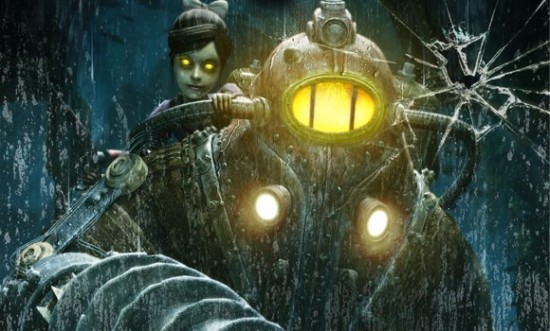
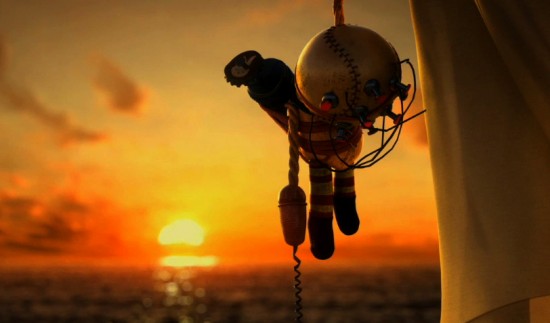
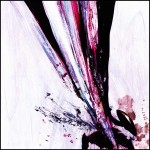
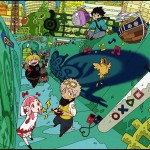
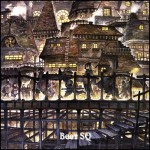
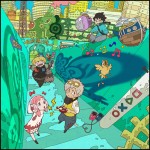







Those eyes. Looks like a Bomberman in that Big Daddy.